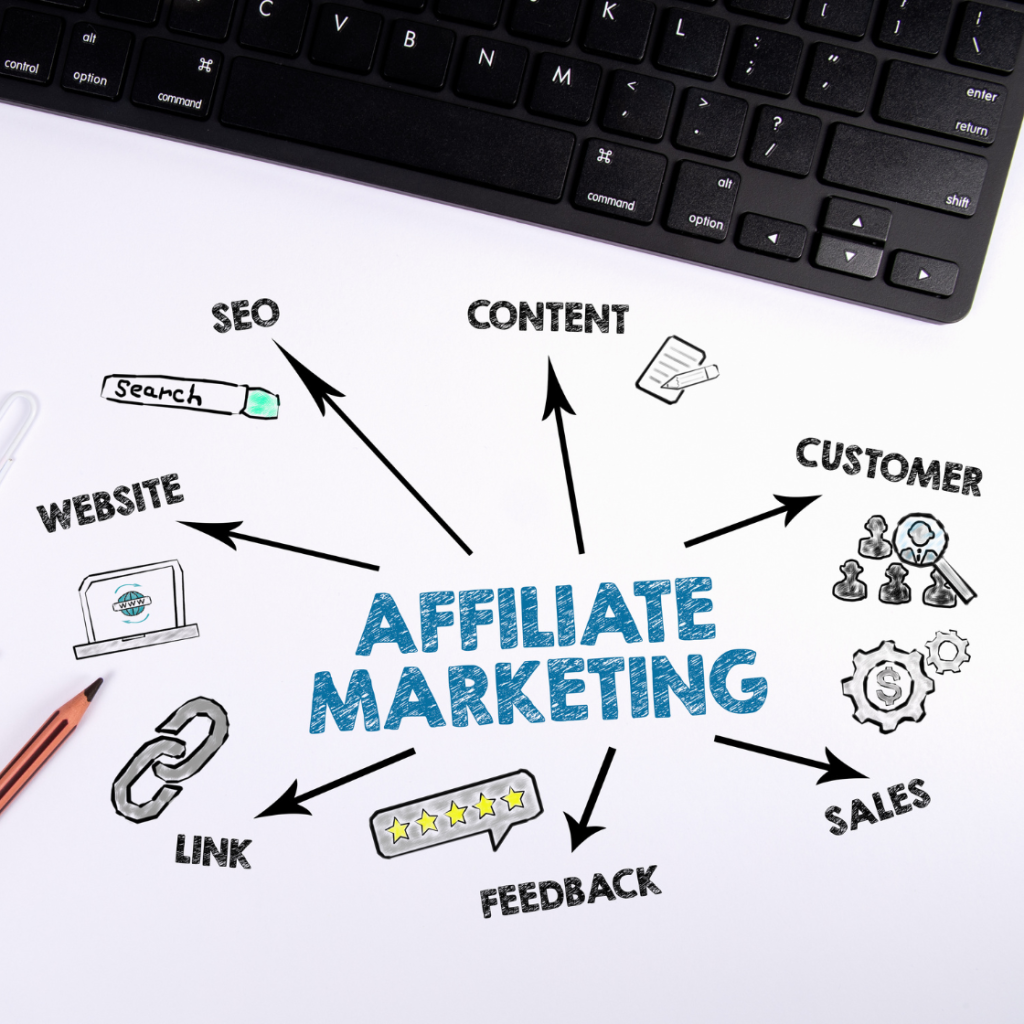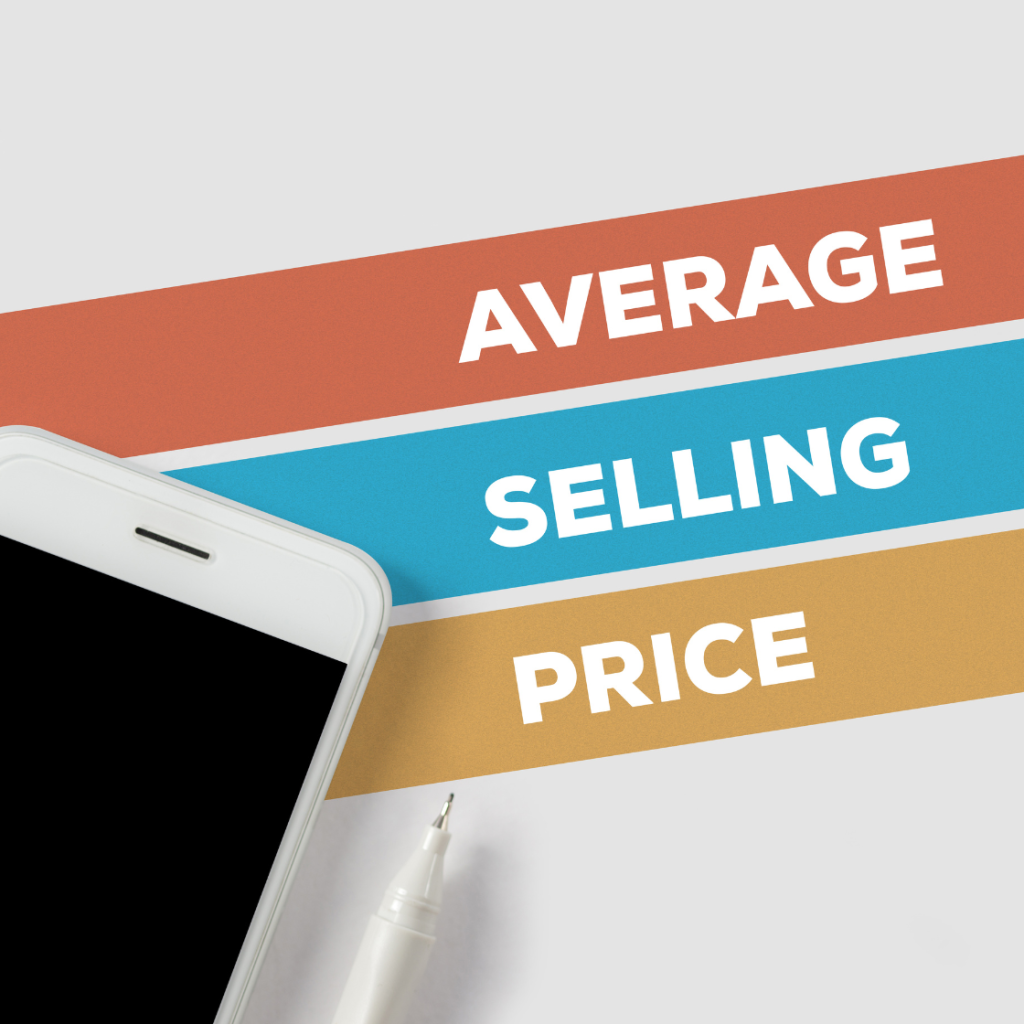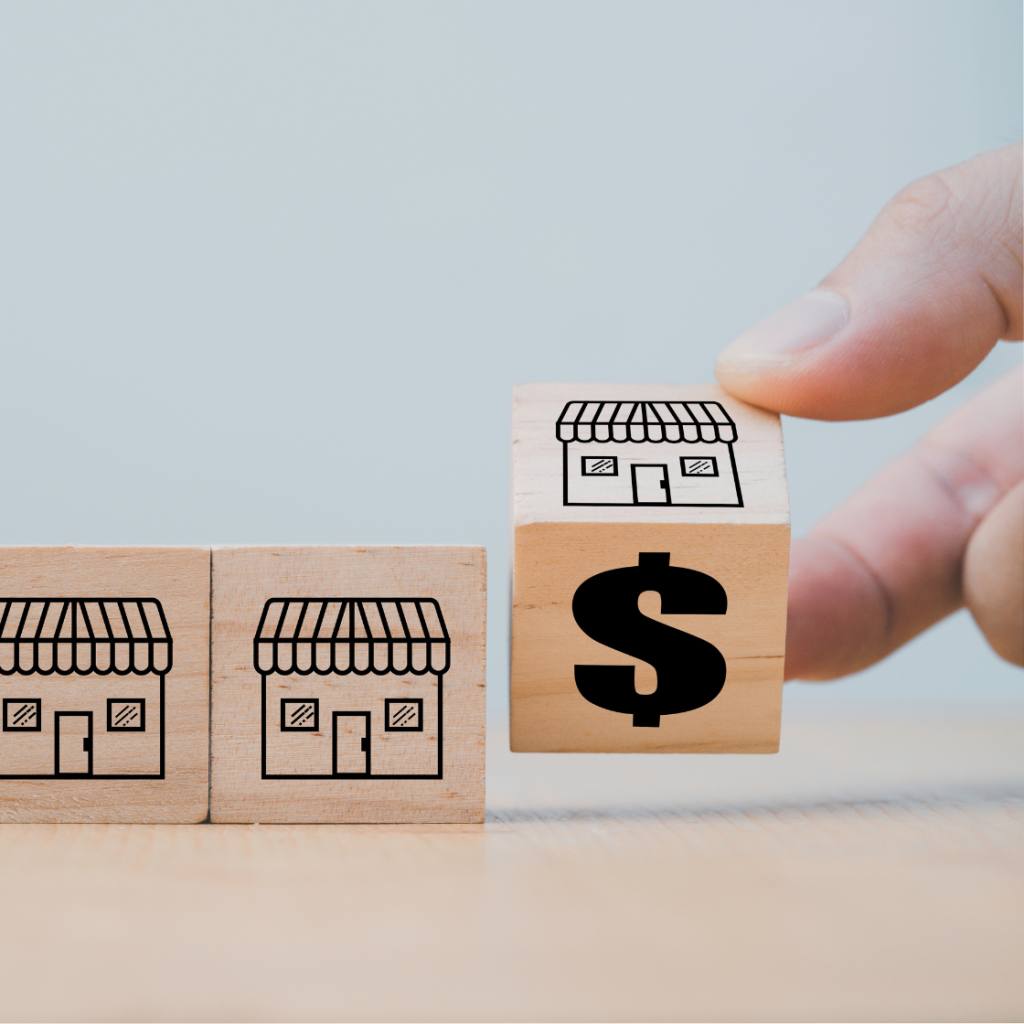The Continued Growth of Online Shopping – Are You Keeping Up? Although the concept of “e-commerce” has been around for over 30 years, according to eMarketer’s 2021 statistics and forecasts, the momentum of e-commerce growth remains strong. It is projected that by 2024, global e-commerce sales will reach nearly $6.4 trillion (about HKD 50 trillion), accounting for one-fifth of total retail sales.
Focusing on the Hong Kong market, according to the Census and Statistics Department, the percentage of people aged 15 and above who shopped online in the past year increased from 35.8% in 2018 to 46.8% in 2022. The highest proportion of online shoppers was in the 25 to 34 age group, at 80%. Popular online purchases include daily necessities, clothing, shoes, and socks (82.9%), food and beverages (43.4%), takeaway food (37.9%), and ticket bookings (11.6%).
The growth potential for e-commerce is still vast. If you’re aiming to expand in the online shopping market, the following management tips might help. These key strategies can effectively boost your performance and help you stand out in a competitive market.
Tips 1: Choosing the Right Products
In the highly competitive e-commerce market, choosing the right products is crucial. Look for products with a high repurchase rate, or opt for niche products to reduce competition. Shipping costs are a significant part of your expenses, so it’s essential to avoid large, inexpensive items with low-profit margins, as high shipping costs could eat into your profits.

Moreover, if sales are not large enough, the strategy of selling in bulk at low profit margins may not be suitable for small businesses. It is important to focus on “net profit,” especially when it comes to advertising investments, to ensure that operating costs do not prevent long-term profitability.
In addition to selecting the right products, the uniqueness of the product is also key to success. Products that stand out among the many available can grab consumers’ attention and convert that into actual sales.
Inventory management is another crucial aspect to consider. For time-sensitive products, particular attention should be paid to expiration dates to avoid losses from expired stock. Regular inventory clean-up helps reduce storage costs and improve overall economic efficiency.
According to market trends, the demand for cosmetics, skincare, and health supplements has seen a significant increase post-pandemic. Therefore, investing in or managing products within these popular categories would be a smart direction to consider.
Tips 2: Balancing Traffic and Marketing
Regardless of the e-commerce platform, traffic is the foundation of a store’s success. In the early stages, you can attract free traffic through content marketing, but as your business grows, advertising becomes one of the necessary costs. Even in the initial phase, it’s advisable to start advertising alongside content marketing to gradually increase brand awareness.

At the same time, maintaining product quality, especially in the early stages of operations, and avoiding negative reviews is crucial. Consumers often compare prices across multiple stores, and reviews and reputation directly influence their purchasing decisions.
Additionally, according to research by Gartner Group, 80% of future revenue will come from 20% of existing customers. Increasing customer loyalty and repeat purchases can significantly boost performance. Therefore, personalized marketing and maintaining loyal customers are also essential strategies.
Tips 3: Increasing Average Order Value (AOV)

Increasing AOV is a crucial way to boost sales revenue. The formula for e-commerce sales is:
Sales Revenue = Traffic × AOV × Conversion Rate. Effective methods to increase AOV include:
- Setting a Higher Free Shipping Threshold: For example, setting a free shipping threshold at HKD$350 or HKD$500 encourages customers to add more items to their cart to qualify for free shipping.
- Product Bundling: Offering bundled product packages at a discounted price encourages customers to purchase a variety of products in a single order.
- Volume Discounts: Providing discounts for orders above a certain amount can incentivize customers to spend more.
- Member Benefits: Attracting customers to become members and offering discounts for first-time sign-ups or rewards for repeat purchases can effectively raise AOV.
- Installment Payments: Offering installment payments for orders above a certain amount makes it easier for customers to purchase higher-priced items, reducing the payment burden.
- Add-On Options: Including recommended add-on products on the checkout page encourages customers to purchase additional items.
Tips 4: Order Fulfillment and Logistics Scalability
A successful online store must have robust logistics support, not only to improve customer satisfaction but also to ensure that the business can operate smoothly when handling a large volume of orders.

Good warehouse management, logistics operations, and financial control are crucial. They help you provide high-quality customer service, ensuring that products are delivered to customers on time and accurately, further enhancing customer satisfaction and loyalty.
A well-established logistics support system can help you solve supply chain issues, making your business more competitive. The management system should allow you to keep track of inventory and order statuses at all times, and enable real-time tracking of logistics information to improve operational efficiency and reduce costs.
Fulfilldy Cloud Warehouse Management: Achieving Freedom from Contractual Constraints
The development of e-commerce is accelerating, and the market is becoming increasingly diversified in terms of models and product offerings. At the same time, the demands and investments in e-commerce logistics are rising. However, there are still few options in the market that provide professional e-commerce order fulfillment services tailored to small and medium-sized businesses. Many of these services still rely on traditional B2B models, resulting in complex and hard-to-understand pricing terms, difficulty in price comparison, high labor costs, slow operational speed, and high error rates, as well as delayed data processing. These high entry barriers make it particularly challenging for micro and small businesses, hindering their ability to enter the market easily.

Here’s the translation for the additional content you provided:
To address these issues, Fulfilldy has created a solution based on the “LogTech” (Logistics + Technology) concept, leveraging cloud warehouse technology to provide e-commerce logistics and inventory management services that are contract-free, have no scale requirements, and are transparent, standardized, and automated. We believe that IT technology should be the key tool to achieve process standardization and reduce operational costs, not a barrier. It should help businesses operate efficiently.
Fulfilldy’s services cover the entire process from inventory management, order fulfillment, to local and international transportation. We also provide clients with system integration, multi-platform connectivity, process automation, workflow improvements, cross-regional connectivity, data security, and analytics support. Our goal is to enable micro and small businesses to:
- Eliminate concerns about hidden fees
- Free up valuable time and energy by eliminating the hassle of inventory and order operations
- Enhance order fulfillment efficiency, avoiding errors that impact customer satisfaction
- Enjoy the high efficiency brought by automated logistics
- Ensure logistics standards, quality, and accuracy on par with large enterprises
- Focus more on core business development, leaving the logistical burden to Fulfilldy


